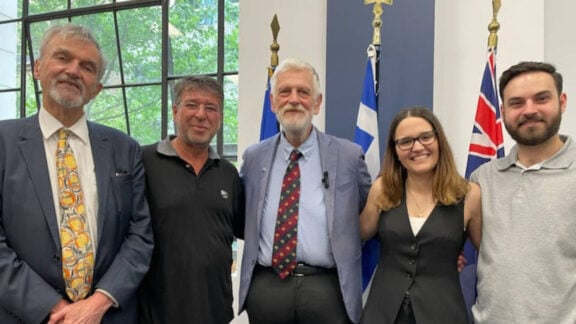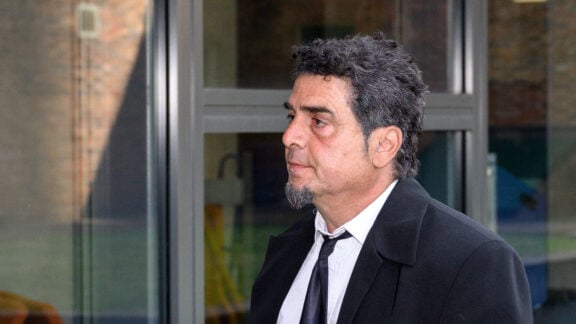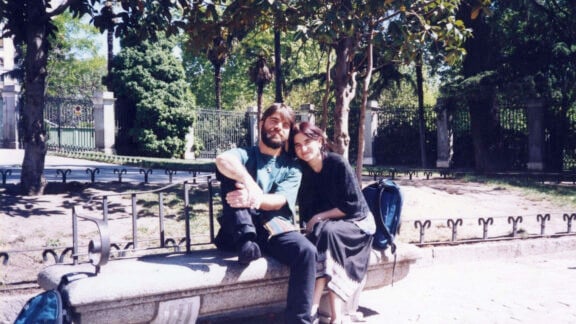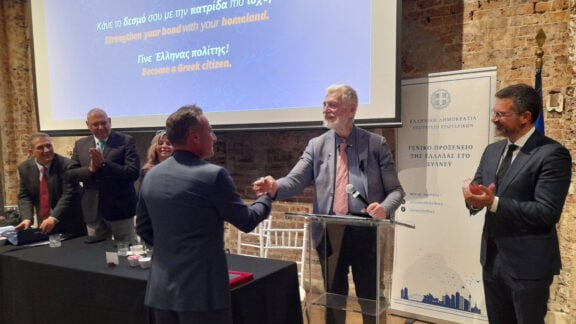This book documents from official government and other primary sources, and secondary sources that the burning of Smyrna in September 1922 was a deliberate act executed by the Kemalist forces. It is the first time that these American sources of this historical tragedy have been translated into Greek offering readers in Greece an opportunity to read and understand the US involvement in Smyrna. The book is organised into sections which make it easy for the reader to follow the events unfolding in Smyrna from the various sources provided by Dr. Hatzidimitriou. Each section is well-organised containing details and copious footnotes which link up the material from the prologue to the last appendix.
The prologue provides a very good analysis of the Asia Minor disaster, the exchange of populations and the plight of the Greek refugees. It also attempts to address two issues: (1) the massacres of Greeks and Armenians in the Smyrna region and the deportations of Christians into the Anatolian interior; and (2) the guilt of the Kemalists starting the great fire which engulfed Smyrna by turning it into an ash heap. These two issues are examined, researched, and documented from previously unpublished and unknown American sources.
The Greek edition is divided into two parts the first being a translation of Hatzidimitriou’s English edition titled: American Accounts Documenting the Destruction of Smyrna by the Kemalist Turkish Forces September 1922 (New York, 2005) published Aristide Caratzas into Greek. Followed by a second section, Hatzidimitriou presents for the first time in Greek a chapter from the book entitled: The Asia Minor Catastrophe and the Ottoman Greek Genocide: Essays on Asia Minor, Pontos and Eastern Thrace 1912-23 publishing unknown documents highlighting Turkish guilt for the massacres and great fire that led to the destruction of Smyrna.
Hatzidimitriou states that Allen Dulles, the Director of the State Department’s Near Eastern Desk, and the US High Commissioner in Constantinople, Admiral Bristol, did their utmost to exonerate the Turks of any wrongdoing and also engaged in a misinformation campaign to hide the truth of the Smyrna catastrophe from the American people. The author correctly calls it “Smyrnagate.” Furthermore, the European powers turned a blind eye in Smyrna harbor leaving the Kemalists unmolested to carry out their crimes against humanity on the Greeks and Armenians.
Hatzidimitriou’s conclusion is that after studying the official and unofficial accounts it is abundantly clear that the Turks burned the Christian quarters of Smyrna, and committed massacres against innocent civilians, as part of a well-designed plan for the Turkification of the city to ensure that the Christians never returned. This book was a personal one for the author because his mother and her family barely escaped from Smyrna. The book also highlights the humanitarian efforts of four brave Americans: George Horton, Asa Jennings, Halsey Powell and Dr. Esther Lovejoy who collectively saved countless lives from massacre and deportation.
The official and secondary sources form the largest element of the book from pages 38-171 highlighting the events unfolding from September 1922 onwards. Regarding the fire, Marjorie Housepian Dobkin’s research using US documents showed the Kemalist guilt in starting the fire whereas Heath Lowry, the Turkish apologist, dismissed Dobkin’s claim and accused her of having misinterpreted her sources. In fact, the contemporary British and American press blamed the Kemalists for starting the fire. There is no doubt that Hatzidimitriou provides ample material for the reader to follow the tragic events of 1922 and beyond.

Another strength to this book are the four appendices providing mini biographies of Bristol, Mark O. Prentiss, A.J Hepburn and the Turkish account of the fire. For e.g Bristol sent reports to Washington that influenced the US government’s attitude and involvement towards the Smyrna disaster. The Turks blamed the Greeks for the fire and Stanford G.Shaw claims that the Turks attempted to put out the fire but the hoses had been cut. Appendix 5 is the Melville Chater piece published in the National Geographic (1925) which describes the Smyrna disaster and suffering of the Greeks at the hands of the Turks. Chater’s article contains lots of photos that capture the human drama etched in the faces of the refugees—some of which are reproduced in the book.
There are additional unpublished archival British and American documents regarding the Smyrna events including Asa Jennings’ correspondence about his role in the Smyrna disaster from the US national archives, in addition to the personal testimony of Evangelia Linaki-Chiotaki, the author’s aunt, who wrote about her family’s struggles during the Smyrna fire. The latter recounted those horrible events some fifty years after the event.
The author suggests that Greek-American scholars and the community should mimic the example of the Armenians who have searched and utilized the American archives extensively to tell the world about their genocide. While the Greeks experienced the same fate as the Armenians, the recognition of the Greek genocide has been extremely disappointing. The under-utilized and under-researched State Department and Naval Records, the personal archives of American missionaries, relief workers and commercial and educational institutions that operated in Smyrna should be gathered together so they can become available to researchers and to the Greek-American community. After all, there are many Greek-Americans whose ancestors were born and survived the events in Smyrna and later migrated to the United States.
The author also provides a useful updated selected bibliography which I believe should have been placed at the end of the book and not after the official and secondary documents (38-171ff). Otherwise it is an excellent book.
I recommend this book to researchers and interested readers who have an interest in the events of Smyrna in September 1922. This is an invaluable addition to the historiography of Asia Minor in Greek and hopefully Hatzidimitriou’s work will inspire other authors to have their English accounts translated into Greek.







